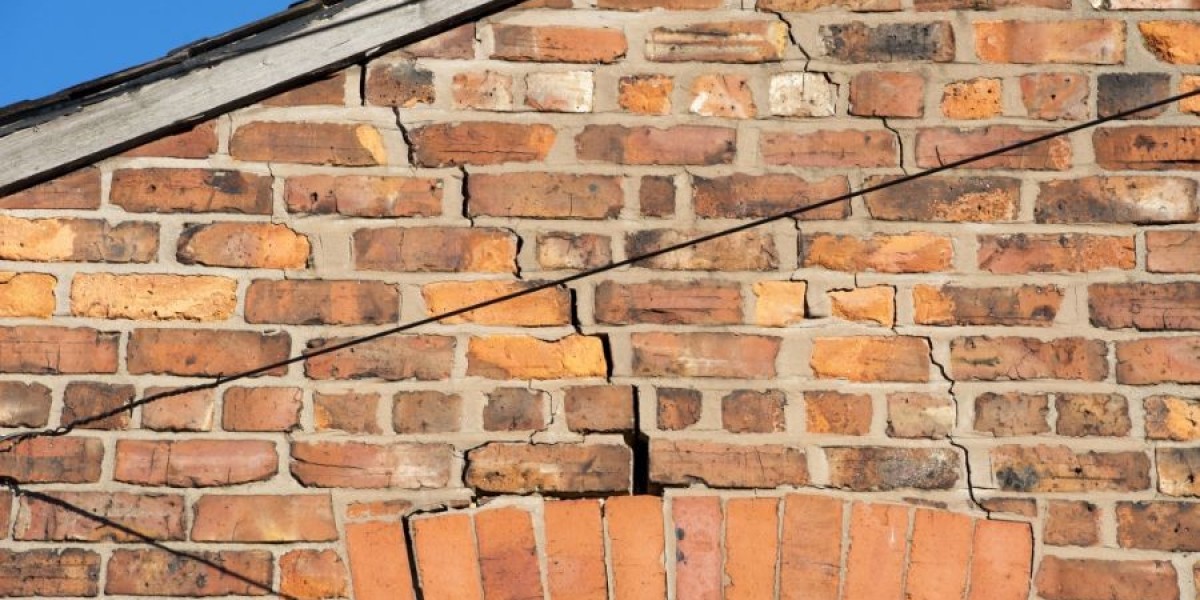In this article, we will explore the importance of early dilapidations inspections and why they should be a top priority for both landlords and tenants. We will also look at the benefits of engaging professional dilapidations surveyor services early in the process.
What is a Dilapidations Survey?
A dilapidations survey is an assessment carried out to determine the condition of a leased property and identify any repairs or reinstatement work required under the terms of the lease. This survey often takes place at the end of the lease but can be conducted at various stages to prevent issues from escalating.
Typically, a property dilapidations report outlines the condition of the building, highlighting areas of non-compliance with the lease agreement, such as neglected repairs or unauthorised alterations. This report forms the basis of a dilapidations claim, which may require the tenant to rectify these issues or pay compensation.
Why Early Dilapidations Inspections Matter
1. Minimising Financial Risk
Early dilapidations assessment can significantly reduce the financial risk associated with dilapidations claims. By conducting an inspection early in the tenancy, both landlords and tenants can identify potential issues before they worsen. Repairs carried out in a timely manner are often less expensive than those left until the end of the lease.
For commercial properties, an early commercial dilapidations survey can prevent major structural or cosmetic issues from developing. Similarly, for residential properties, an early residential dilapidations survey can save tenants from unexpected costs and disputes when vacating the property.
2. Avoiding Disputes
One of the primary benefits of early inspections is the potential to avoid disputes between landlords and tenants. Disagreements over the condition of the property at the end of the lease are common, and they can lead to prolonged legal battles. An early dilapidations condition survey provides both parties with a clear understanding of their obligations and the state of the property, reducing the likelihood of disputes.
In many cases, engaging a dilapidations expert early in the lease can help both parties agree on a schedule of repairs, ensuring that issues are addressed well before the tenancy ends.
3. Legal Compliance
Compliance with lease agreements is crucial for both landlords and tenants. An early dilapidations survey report ensures that the property remains in line with the legal requirements outlined in the lease, such as maintaining the structure or reinstating any alterations. Tenants, in particular, benefit from knowing what is required of them throughout the tenancy, ensuring that they do not face unexpected claims at the end of the lease.
In addition, early inspections help landlords identify areas where they may need to make improvements to meet legal safety standards, such as electrical or structural issues.
The Role of Dilapidations Surveyor Services
Engaging professional dilapidations surveyor services early in the process is key to ensuring an accurate assessment of the property’s condition. A professional dilapidation surveyor will inspect the property thoroughly and provide a detailed dilapidations and repairs survey that outlines any areas of concern.
Surveyors are experienced in both commercial and residential properties, making them an invaluable asset for preventing costly mistakes. In large-scale commercial properties, for instance, an office dilapidations survey can reveal structural or safety issues that could lead to major expenses if not addressed early.
For landlords, hiring a dilapidations consultancy can help manage the entire dilapidations process, from early inspections to negotiating repairs. These experts ensure that both the property and the lease agreement are fully compliant, protecting the landlord’s interests.
Statistics: The Impact of Dilapidations Claims in the UK
To understand the importance of early inspections, it’s useful to consider some statistics on dilapidations claims:
Type of Property | Average Claim Value | Common Issues |
Commercial Offices | £50,000 - £100,000 | Structural repairs, unauthorised changes |
Residential Properties | £10,000 - £30,000 | Redecoration, minor repairs |
Industrial Units | £80,000 - £150,000 | Flooring, utilities, roofing issues |
These figures show that dilapidations claims can lead to significant financial outlays, particularly for commercial properties. Conducting early inspections helps identify potential issues, reducing the risk of large-scale claims at the end of the lease.
How to Prepare for a Dilapidations Survey
Preparing for a dilapidations inspection requires planning and attention to detail. Both landlords and tenants should take the following steps:
- Review the Lease Agreement
Ensure that you understand the repair and maintenance obligations set out in the lease. This is particularly important for tenants, who need to be aware of their responsibilities throughout the tenancy. - Engage a Surveyor Early
Hiring a dilapidations expert early in the process allows for a thorough building dilapidations assessment before issues escalate. Early inspections give tenants time to address repairs, potentially reducing the scope of a dilapidations claim. - Keep Detailed Records
Maintaining a clear record of any repairs or alterations made during the tenancy is crucial for both landlords and tenants. This documentation will help clarify responsibility for any dilapidations at the end of the lease. - Agree on a Repair Schedule
By agreeing on a schedule of repairs early in the tenancy, tenants and landlords can avoid unexpected issues at the end of the lease. This approach is particularly effective for large commercial properties, where repairs can be extensive.
Conclusion
Early dilapidations survey inspections are vital for reducing financial risk, avoiding disputes, and ensuring legal compliance. By engaging professional dilapidations surveyor services early in the tenancy, landlords and tenants can ensure that the property is maintained to the required standard and avoid costly dilapidations claims.
With careful planning, clear communication, and early inspections, both parties can navigate the dilapidations process with confidence, resulting in a smoother and more cost-effective end to the lease.


